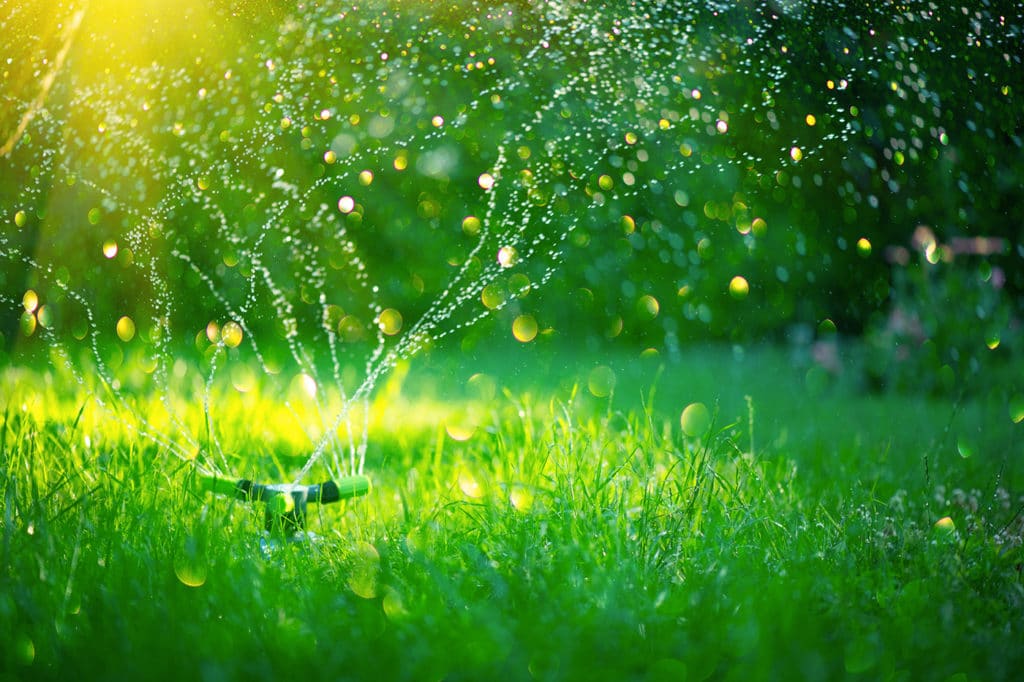Quick Summer Watering Tips For Your Lawn and Garden Health
When the temperatures in late summer reach their peak, the places that suffer the most on your property will most likely be your lawn and your veggie and flower garden beds. We asked some of our Lawn & Garden Associates what they would recommend to help keep these areas of your property looking their best.

1. Set a daily time to check soil conditions – While you don’t necessarily need to water your lawn and gardens every day, or even create a regular watering schedule, what you should actually do is perform a daily soil check in multiple points of your garden and your lawn. Find spots in areas that get lots of sun and lots of shade to test, then sink your finger into the soil up to your second knuckle. If it feels wet or damp, everything’s great. If it’s dry, it’s time to pull out the soaking hose or lawn sprinkler. Basically, once water evaporates from the soil, that leaves room for disease to take hold, so make it a habit and your grass and veggies will thank you. More about lawn health tips.
Shop for High Quality Hoses at Ace Hardware Online
2. Don’t wait for wilt – Once you see your plants wilting, the damage is already setting in, so by making sure your soil in your garden is correctly watered by checking every day, you won’t be tempted to over-water them to make up for lost time. If your plants are already wilting, don’t spray them down, simply use a soaker hose or a spray nozzle with a light shower setting and water at the base of the plants without flooding the surrounding soil. Let the water soak in, move to another area doing the same, and then repeat on all areas until the soil is damp, but not flooded.
Shop for Soaker Hoses at Ace Hardware Online
3. Don’t assume brown spots on your lawn means thirsty grass – There are plenty of causes of brown and yellow spots such as lawn fungus, dull mower blades, or worse. Brown patch fungus grows in circular patterns sometimes several feet wide and is generally found during hot, sticky weather. Treat your lawn every other week for 6 weeks (3 applications) with a lawn fungus control product. And an over-watered lawn encourages the fungus, so remember the first point of this article. More about fixing brown spots in your lawn
4. Have a grub treatment at the ready – If you’re doing a soil check every day and maintaining the proper amount of soil hydration, you’re sure you don’t have grass fungus, your mower blade is sharp, but still notice patches of brown grass, there’s a chance you have an insect or grub infestation. How can you tell? There are several ways. One way is to just use a small hand trowel and dig up part of the brown grass spot. Grubs are big enough to easily be seen. Grubs feed directly on grass roots, so if your lawn suddenly feels spongey or gives way under foot, that’s a good sign too. Grubs can quickly take hold and ruin your lawn, so don’t hesitate – their primary feeding season begins in the fall!
Shop for grub treatments at Ace Hardware Online
